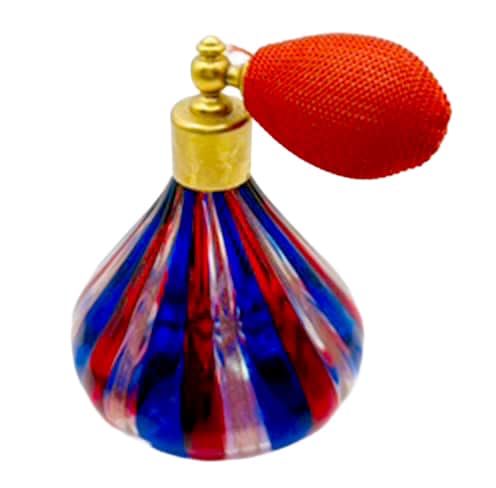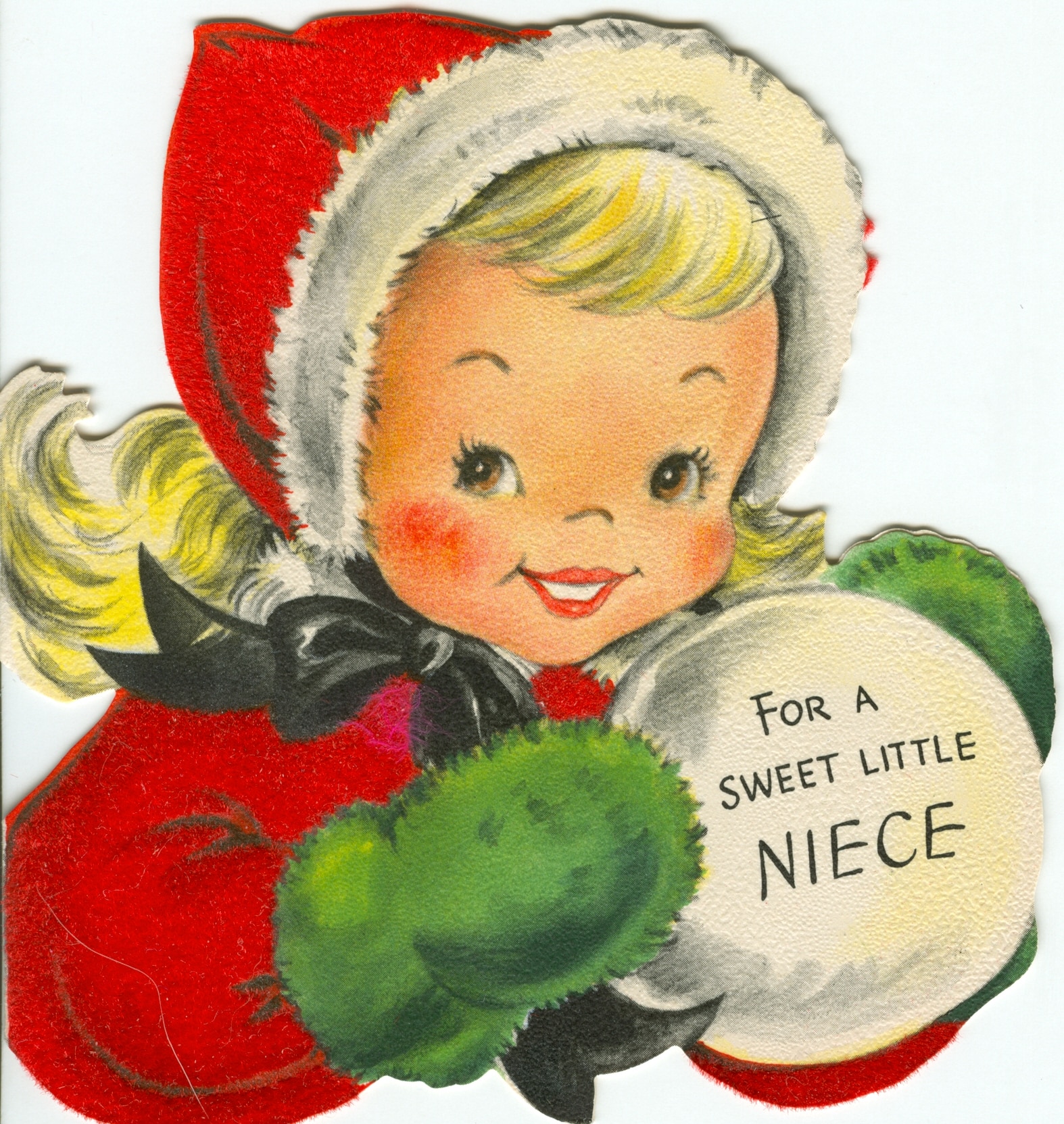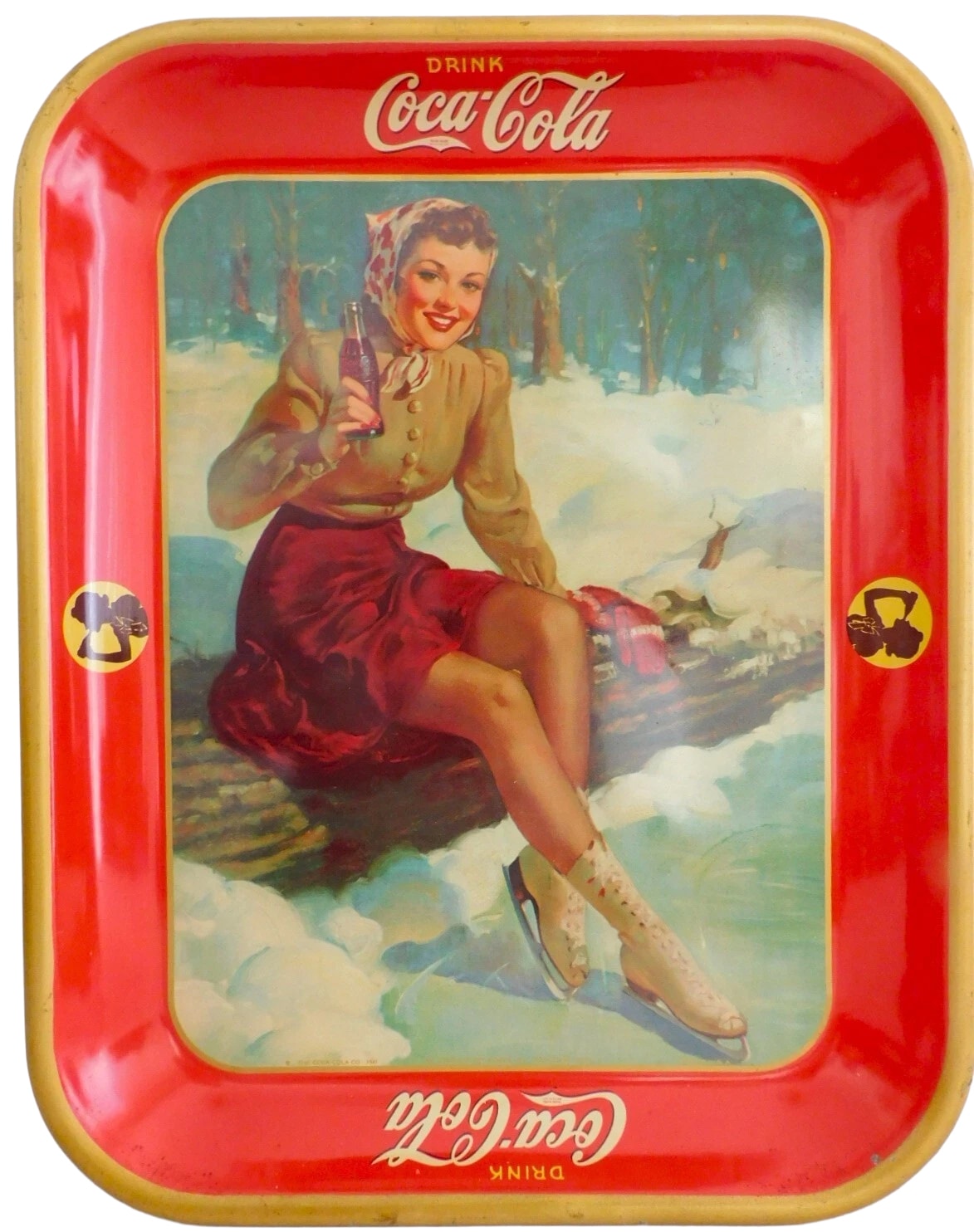The Vinyl Never Lies: Vintage Music, Memorabilia, and the Stories We Still Want to Hear
by Laurence Carpenter
Vintage music is having a moment – and not just in playlists. We’re seeing a resurgence in vinyl, the return of needle-dropped nostalgia, and a spike in memorabilia prices for artists whose heyday hit four decades ago. This isn’t just a sonic revival; it’s a cultural one, and it’s happening across generations.
As a music memorabilia specialist, I’ve spent decades searching for iconic artist-owned guitars, handwritten lyrics, and stage-worn clothing. These items aren’t just ephemera – they’re touchstones. Vintage music, especially from the 1960s to the early 1980s, is where physical objects help preserve a legacy. So, is the vintage music revival good, bad, or ugly? For collectors, it’s all three, and that’s what makes it so fascinating.
The Good: Tangible Legacy and Timeless Craft
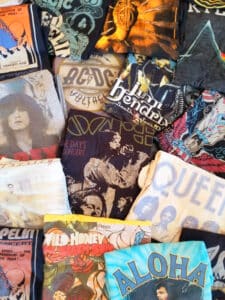
There’s a reason why a first-pressing Beatles LP or a Dylan lyric sheet from 1965 still stirs collectors’ hearts (and opens wallets). It’s not just scarcity – it’s the story. Memorabilia from the vintage era often carries a stronger emotional and historical weight because these artists not only shaped music but also influenced identity. They broke ground, crossed boundaries, and defined decades.
The good news? Younger generations are discovering this anew. I’ve seen 20-somethings show genuine reverence for a Hendrix-owned wah pedal or a signed Lou Reed record. For many, the tangible artifacts are more real than the fleeting TikTok remix or AI-generated voice. In this way, memorabilia becomes an anchor. It reminds us that music once had mass, friction, and presence.
Memorabilia sales reflect this nostalgia-fueled respect. Guitars played by Fleetwood Mac, wardrobe pieces worn on Bowie tours, or even a hotel receipt scrawled on by Janis Joplin can now command five or six figures. Not because they’re flashy – but because they’re real and tangible.
The Bad: Romanticising What Wasn’t Always Great
Of course, not everything vintage deserves the halo it sometimes receives. There is a risk in blindly glorifying the past without acknowledging its limits. A lot of vintage music, particularly from the 1970s, was exclusionary – often male-dominated, racially narrow, and dismissive of whole genres deemed “lesser.” Punk, disco, and early hip-hop were sidelined before later earning their rightful place in the canon.
Collectors, too, can fall into the trap of hoarding icons while ignoring the innovators. It’s easier to chase Lennon’s boots than Afrika Bambaataa’s turntables. But we’d do well to remember that “vintage” doesn’t mean only rock ‘n roll. The vintage music memorabilia world is beginning to broaden its scope, and that’s a change long overdue.
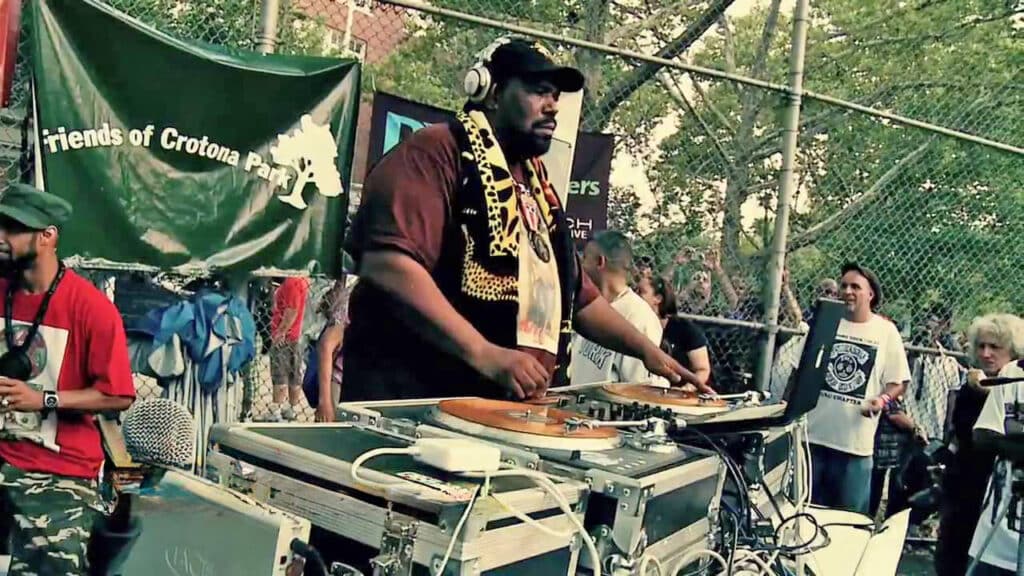
The Ugly: Fakes, Flips, and Misremembered Myths
The downside to booming interest is an uptick in bad actors. Forgeries are rife in vintage memorabilia. Autographs are replicated, guitars are misattributed, and stories get “enhanced” for maximum resale value. As prices rise, so do the stakes – and the scams.
In recent years, I’ve come across several instruments and artifacts with big claims and little substance. Sometimes, a compelling story is built around a single photo or anecdote, but without clear provenance, it’s hard to authenticate. As interest and prices rise, so does the need for careful scrutiny. For collectors entering the vintage music space, I cannot stress enough: buy the story, but verify the facts. Provenance—photos, receipts, letters, and firsthand accounts—is your best friend. When it comes to vintage, the line between sacred and suspect is thinner than you think.
Lyrics as Cultural Artifacts
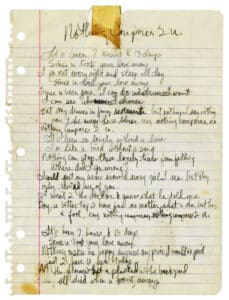
“Nothing Compares 2 U” sold for $150,986
One angle often overlooked in vintage music collecting is the power of lyrics. These aren’t just song lines – they’re social commentary. And they’ve changed dramatically over the decades.
The 1960s gave us protest poetry from Dylan and timeless imagery from Joni Mitchell. The 70s mixed escapism with social realism, from glam rock fantasies to Marvin Gaye’s What’s Going On. The 80s got sharper, more ironic, and often more personal. What we collect in lyric sheets today—whether it’s handwritten originals or typed drafts with cross-outs—tells us as much about the world back then as any newspaper column.
In October 2021, a four-page handwritten lyric manuscript of “Thunder Road” by Bruce Springsteen—complete with early draft variants—was offered at auction with an estimated value between $50,000 and $70,000. This estimate wasn’t just based on rarity; it reflected how the song, written by Springsteen, captured working-class longing and cinematic storytelling – showing that vintage music’s enduring power lies in its emotional depth.
What to Look For: A Short Collector’s Guide
If you’re curious about collecting vintage music memorabilia, here are a few guiding tips:
• Focus on provenance – Look for items with a clear chain of ownership or documented backstory. Authenticity is everything.
• Don’t overlook paper – Tour itineraries, lyric drafts, backstage passes, and promo posters are often more affordable entry points with historical value.
• Seek relevance, not just rarity – An artist-owned item from a pivotal tour or recording session will often appreciate more than a random signed object.
• Stay genre-curious – soul, funk, early hip hop, and new wave are rich areas for growth and still relatively undervalued compared to
classic rock.
Final Chord: Why Vintage Still Matters
In a world that is increasingly digital, vintage music offers friction, depth, and soul. Whether it’s the warmth of analog sound or the feel of a worn-in leather strap from a 1973 tour, vintage connects us to a time when music wasn’t just consumed – it was experienced.
And the memorabilia? It reminds us that behind every great song was a human being – often flawed, often brilliant, always reaching for something bigger than themselves.
Vintage music may be old. But it’s not over. Not by a long shot.
Laurence Carpenter is one of the leading music memorabilia collectors and dealers in the world. He also curates pieces for the Grammy Museum, has been featured on British television and radio programs, and specializes in representing musicians, collectors, and their estates in the sale of their archives to research institutions and museums. Carpenter lives in Ireland where he is the Founder and Managing Director of Rock Solid Investments. He has been a passionate collector, dealer, and investor of culturally important music memorabilia for over 30 years. If you’re considering buying or selling an item but are uncertain about the next steps, please don’t hesitate to reach out by email at laurence@popicons.com or at his website: RockSolidInvestments.ie




